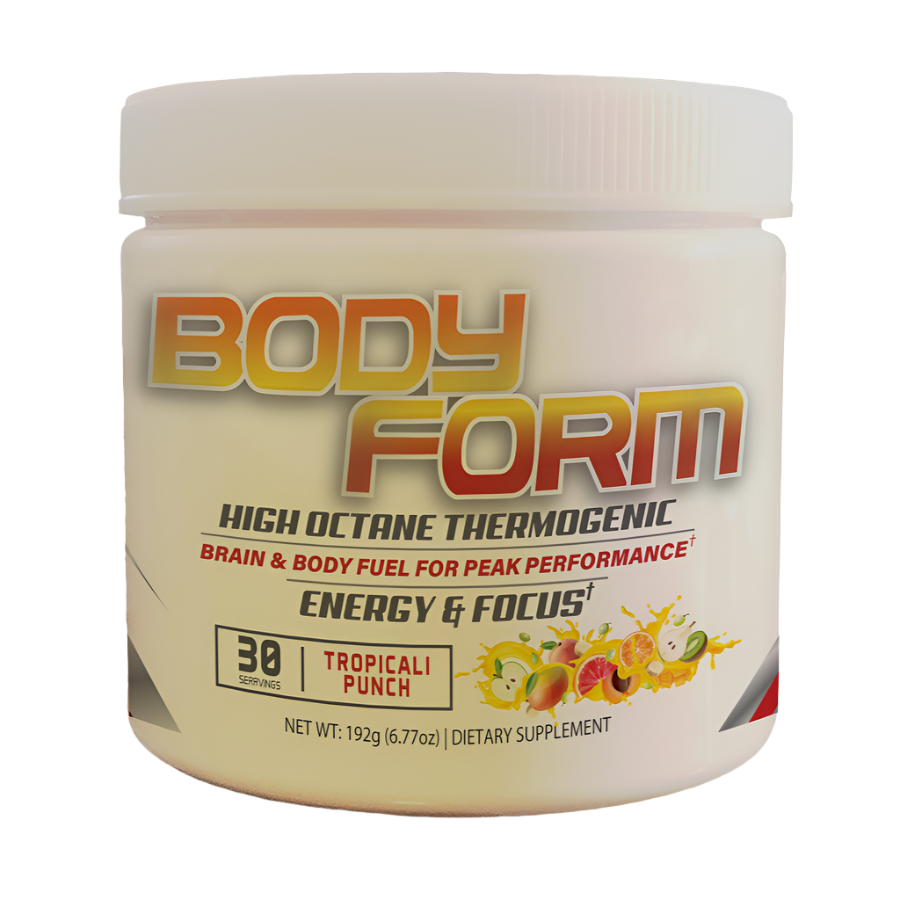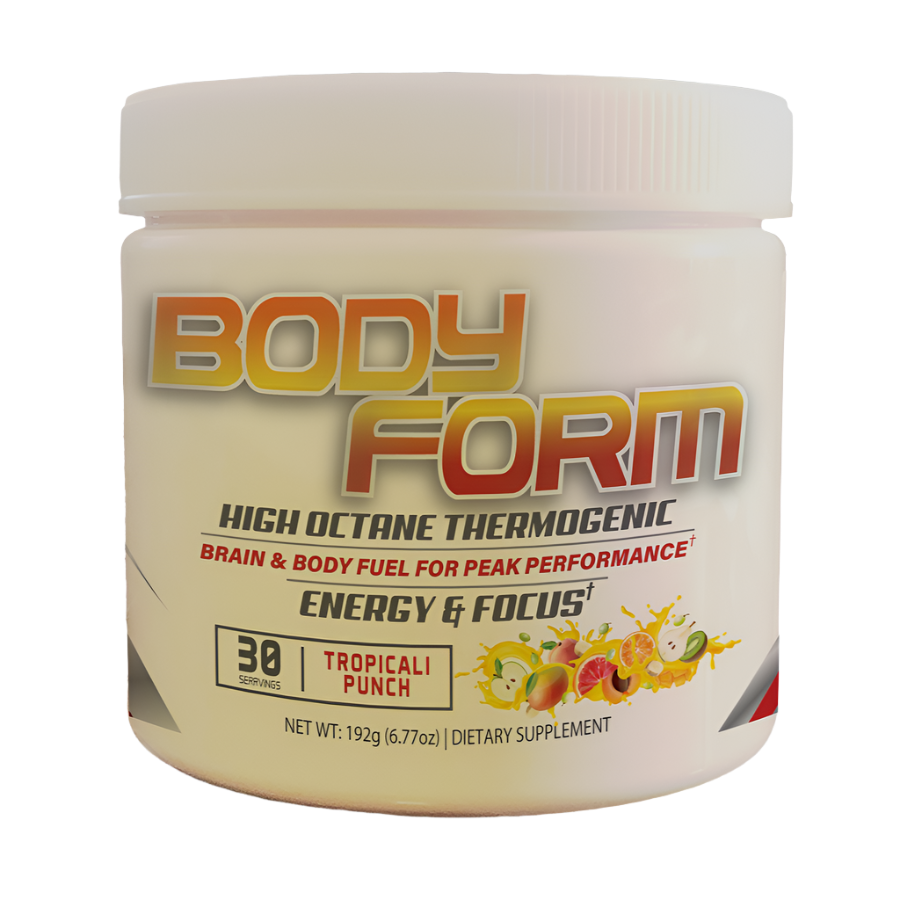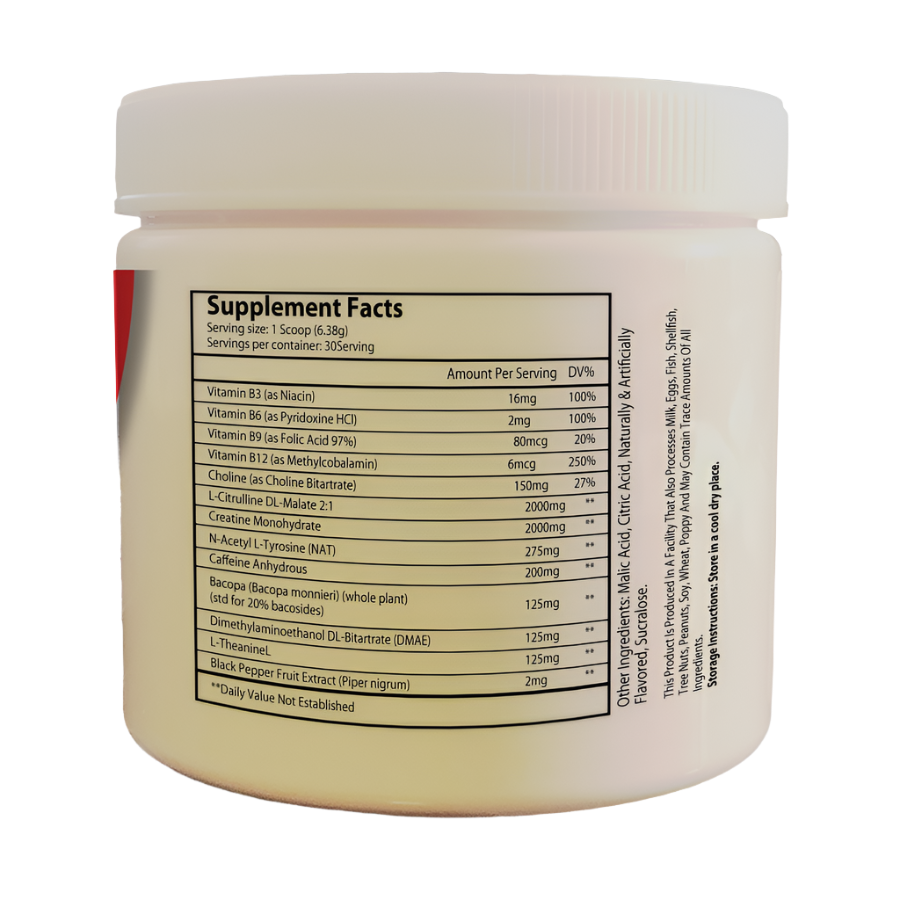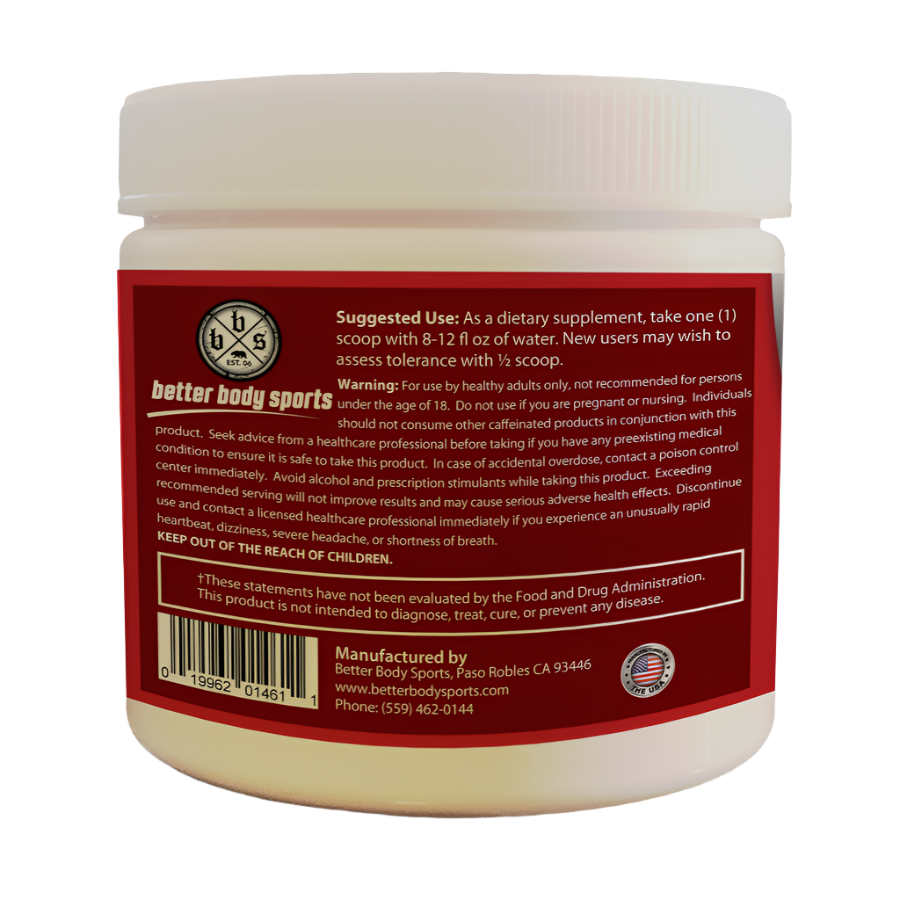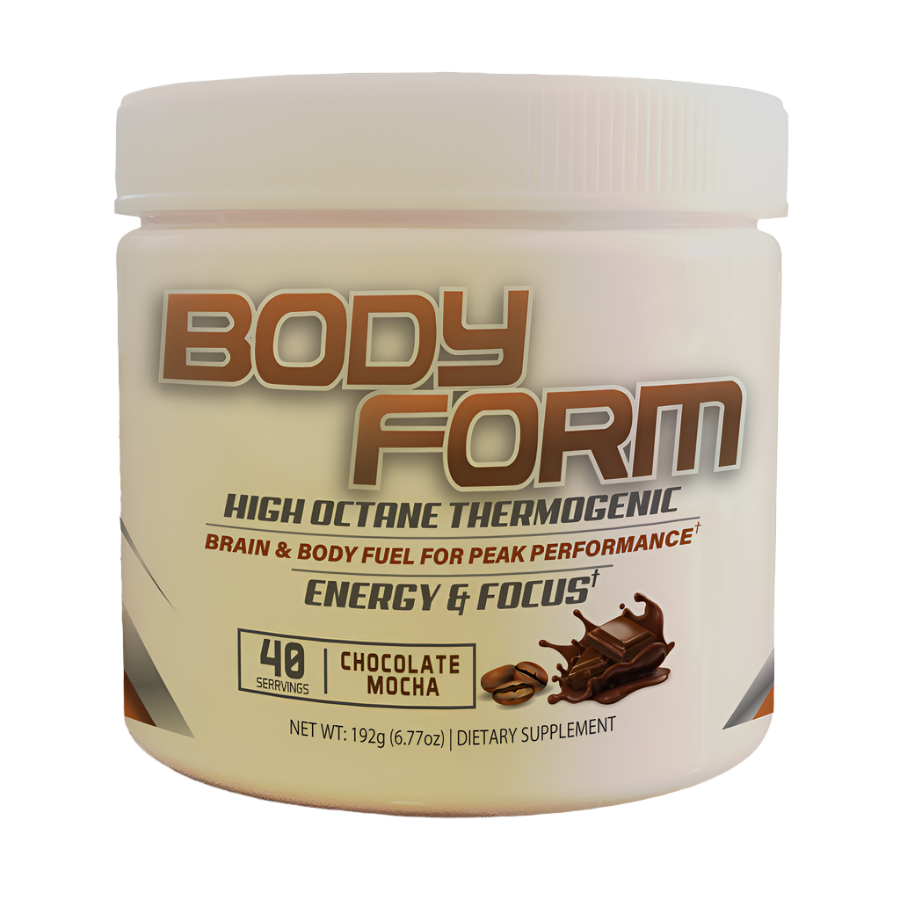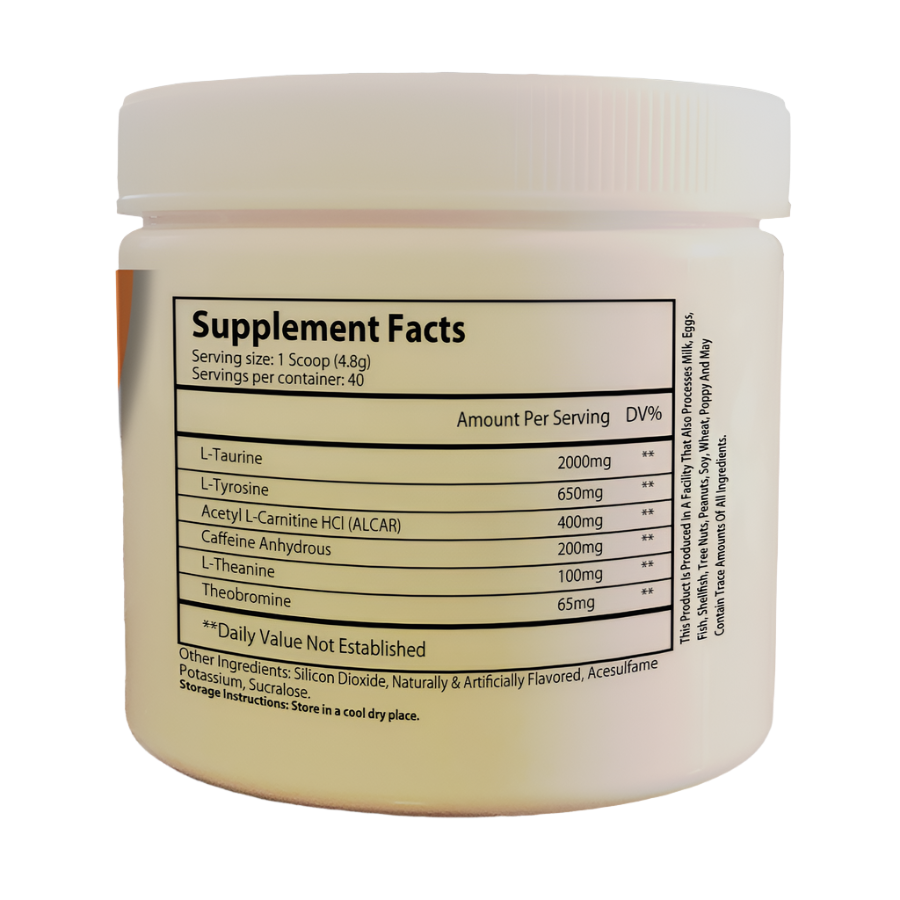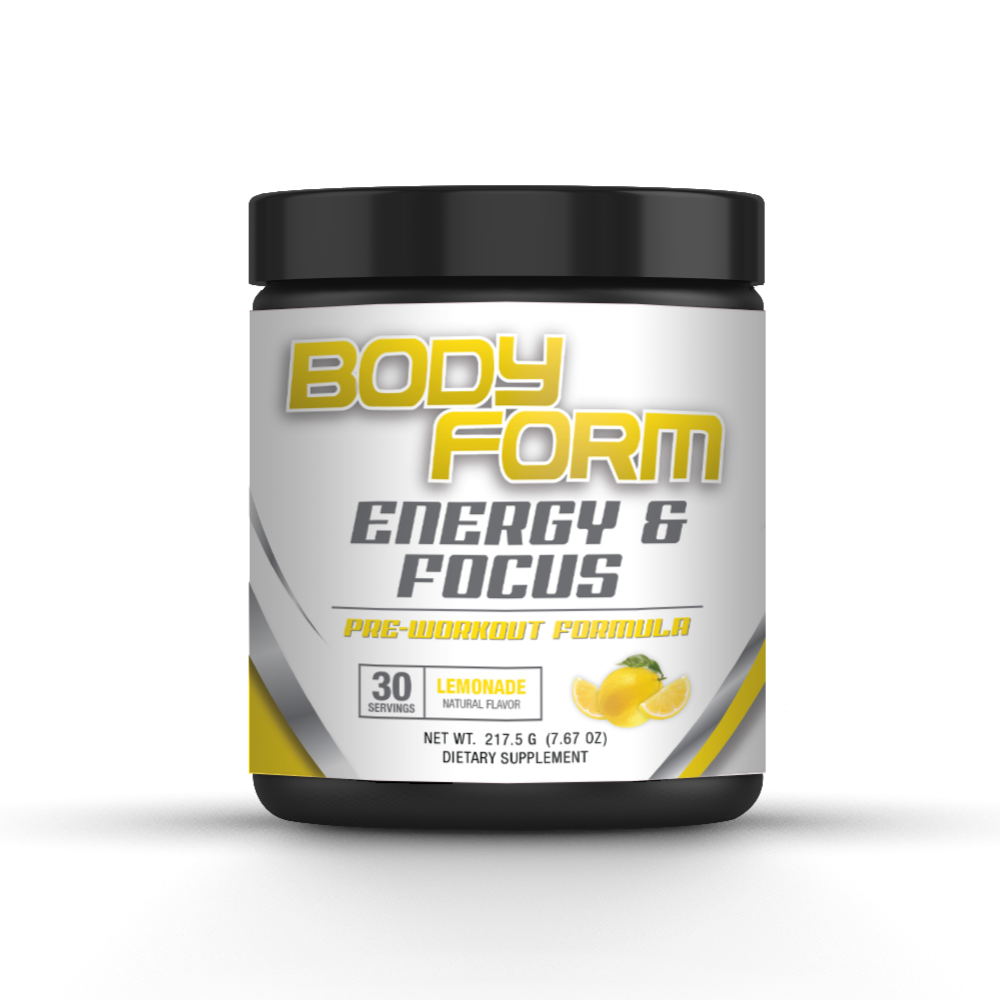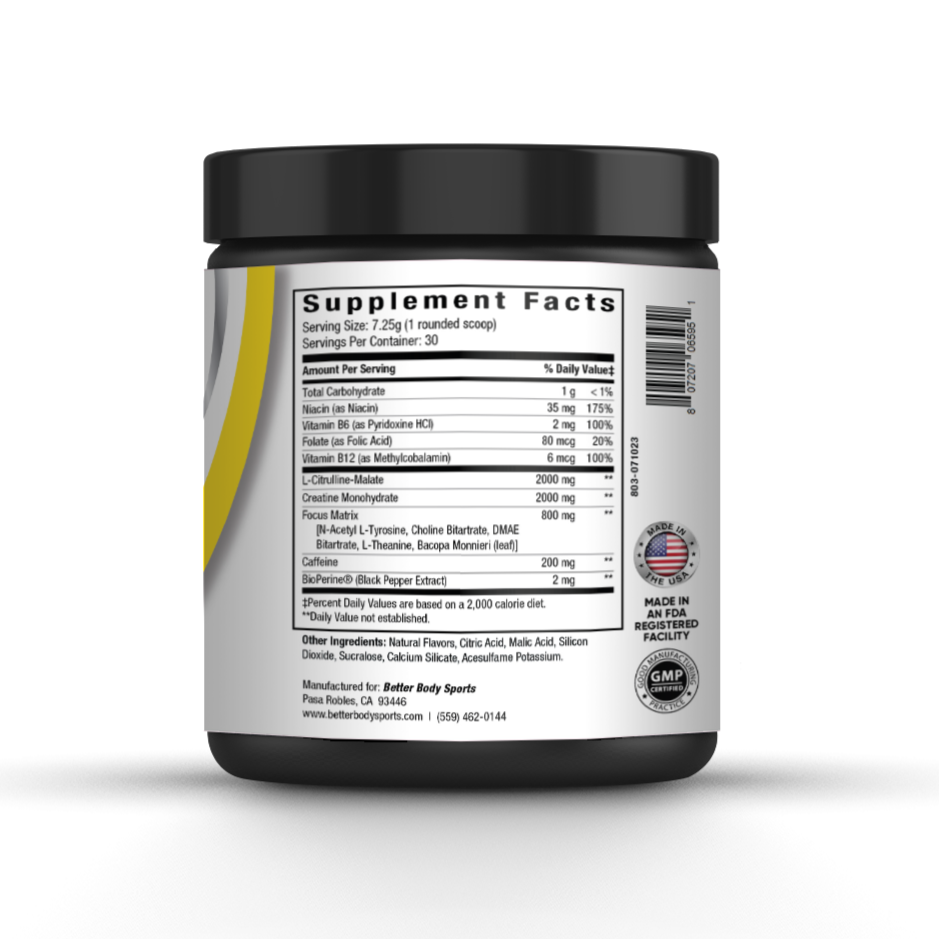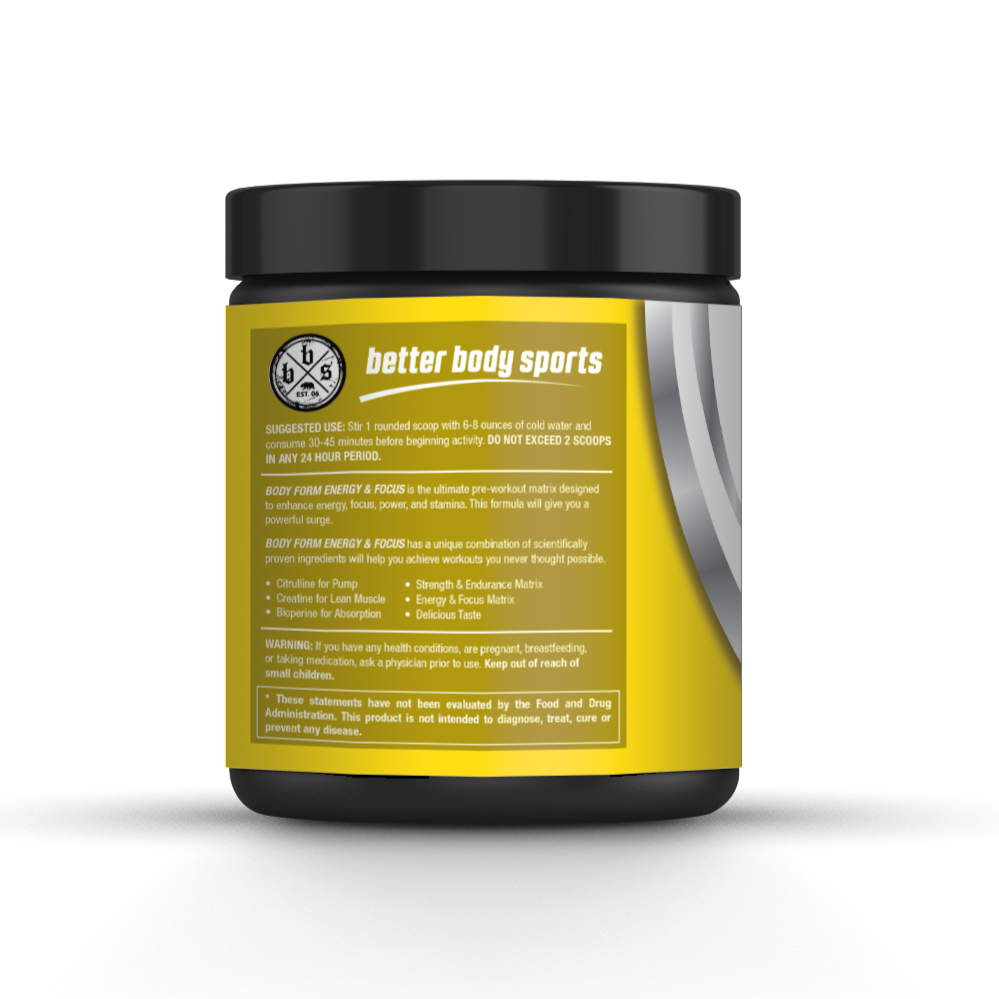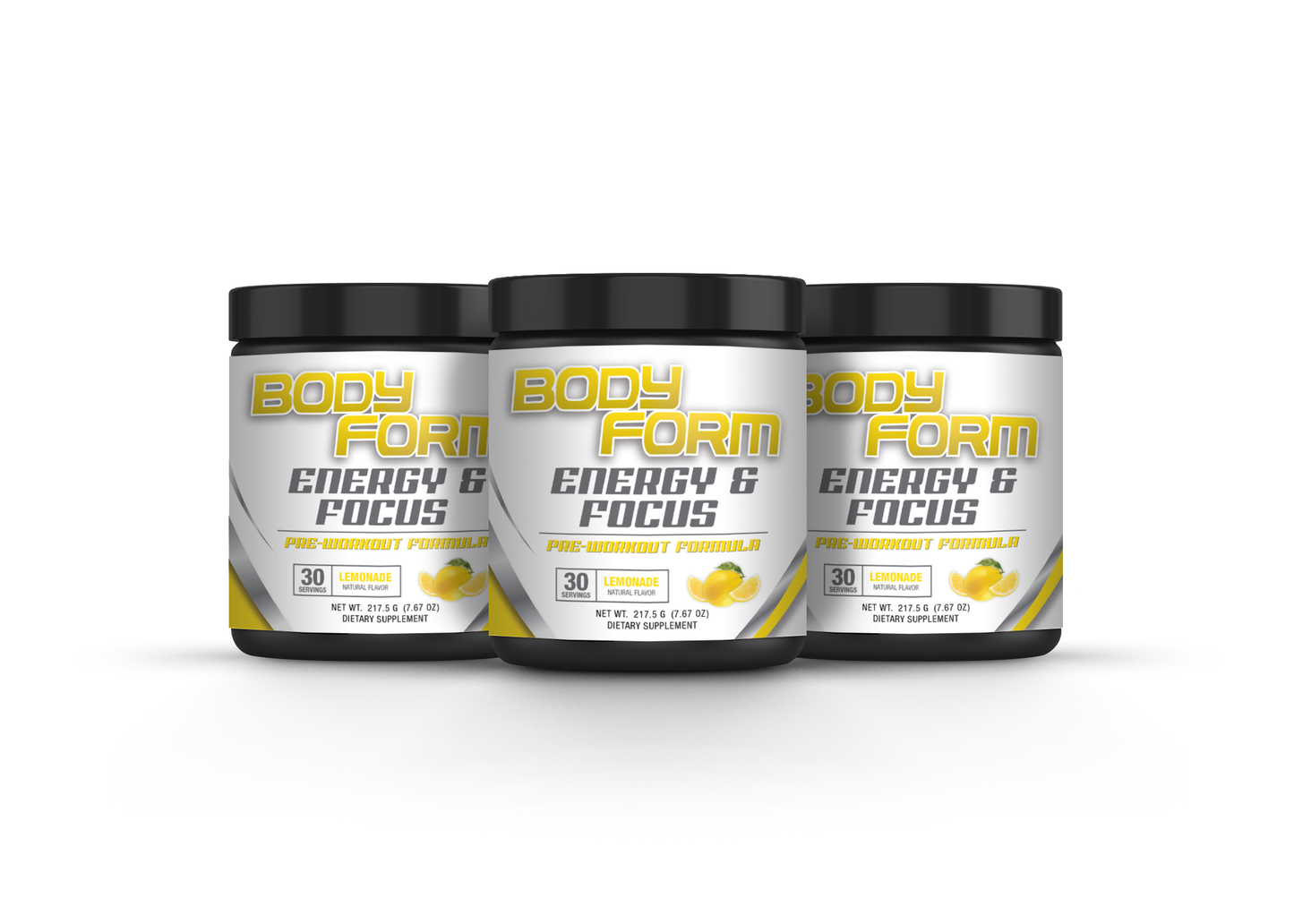Donkey Calf Raise
Share
The Donkey Calf Raise
When someone asks you what muscle you are training for the day, how often do you answer with “I’ve got a hardcore calf workout planned!” The calf muscle is a finisher for most workout programs by either using the standing calf raise or seated calf raise machine. Training calves almost seems to be a cool down exercise rather than an equal part of the workout.
But when witnessing a set of massive calves, you have found a serious lifter who did more than a single calf exercise to develop such size. It took workout programming like every other muscle using different angles and feet positions to recruit all the muscle fibers.
Ask one of these serious bodybuilders what is a calf exercise they use for building mass and many will have a sinister smile and at the same time, a look of fear on their face. They will then respond with with “the donkey calf raise”
What is a Donkey Calf Raise?
Grab an old school fitness book or magazine from the black and white days and you can witness the legends of bodybuilding perform this exercise. Sometimes they used a machine but for a better photo opt, many times with a few beautiful ladies on their backs.
The donkey calf raise is an exercise that targets the gastrocnemius muscle and the soleus muscle. The position is like a standing calf raise, but you are bent over to approximately 90 degrees.
Donkey Calf Raise Vs. Standing Calf Raise
When you are in the 90 degree position for donkey calf raises, it removes much of the upper body recruitment that you get with a standing calf raise. The result is an increased mind muscle concentration on the lower leg muscles.
The abdominal and core muscle recruitment will remain when not using a donkey calf raise machine, since we will position the weight at the midsection of the body. More to come about that further along in the article.
Benefits of Donkey Calf Raises
Since most people training calves only use two exercises, increased exercise selection is an immediate benefit. Having more variety in your workout program creates a new muscle stimulus and required adaptation process, resulting in bigger calves.
The donkey calf raise allows for heavy resistance since it removes spinal compression. Often, with a standing calf raise, we require lighter weights for more reps because your back can only hold so much weight in that position without experiencing pain. With the donkey version, you can load up the weight for a heavy calf exercise.
More than just a bodybuilding exercise, the angle of the donkey calf raise is great for developing Achilles tendon strength. Athletes should perform this movement since they commonly suffer from Achilles tendon conditions.
Donkey Calf Raise Machine
If you are lucky enough to have a donkey calf raise machine in your gym, feel blessed. Bring a dust buster though as it may be filled with cobwebs and dust because upper body lifters have not used it in some time.
If you have the financial means to purchase a new or used version, feel blessed. You have one of the best pieces of gym equipment for calf training.
This calf raise machine places the load on the back of the hips almost directly over your leg. Once you press up and unlock it from the safety, you will immediately feel the full weight placed on your legs. With your arms in a comfortable position on the pad, you can begin the set with full concentration on developing the calf muscle.
Smith Machine Donkey Calf Raise
If you train in a gym but do not have access to a donkey machine, then you most likely have another tool that will get the job done. You can perform a donkey calf raise in a smith machine similarly. To set up, you need a weight bench or other stable object in front of you to brace your arms and place a bar pad on the smith bar.
It helps to have a spotter for this version of the exercise. This way you get into position without the bar rotating into a locked position or the bar pad shifting and sitting correctly on your back.
Donkey Calf Raise at Home
If you have a home gym that does not have a donkey machine or smith machine, don’t fear. There are several ways that you can create your own donkey calf machine to perform this exercise at home for a minimal cost. Both versions will require you to have a calf block as well as a dip belt or belt squat belt to perform the exercise.
Donkey Calf Raise With a Weight Plate
Take your dip belt or belt squat belt and run a weight plate through the chain. A weight plate will sit between your legs as you perform the exercise, making it easy to perform.
There is one tip for this version that may prove helpful. Load the weights on either your bench or other stable platform. Loading from the ground can be exhausting and we want to save that energy for the actual exercise.
Donkey Calf Raise With a Landmine Attachment and Barbell
This version of the donkey calf press is slightly easier than the free weight version but requires more space and equipment. In addition to a dip or belt squat belt, you will need a landmine attachment, barbell, and two barbell collars.
After setting up the weight, add a barbell collar that is kept far enough away from the weight so that it doesn’t hit your body. Place another collar far enough from the first one that you can place your chain in between. This helps prevent your belt from moving up and down the barbell shaft.
How to do Donkey Calf Raises Without a Machine
Ready to blast those calves and build up strength along with muscle size? Below you will find the steps to execute the donkey calf raise properly, but before you go all out, first learn to practice the exercise by only using your bodyweight. This means that you will need to skip step three until you have the movement down.
- Set up weights or a calf block far enough away from a workout bench or stable object far enough away that you can bend from the waist with your ankle in a stretched position.
- With a slight bend of the knees, hook your dip belt or belt squat belt up to the weight.
- Brace your hands or elbows on the bench while placing your feet on the calf block.
- Press into your toes and elevate your heel, ensuring that you keep the knee in the same position and preventing your foot from shifting forward.
- contract the calves at the top of the movement and then slowly lower the weight back down.
- Hold the stretch position momentarily and then press back up once again.
- Keep going until you are near or at muscle failure

